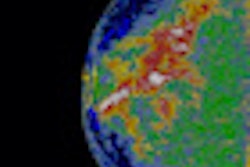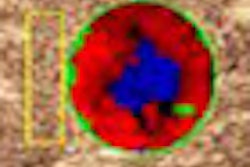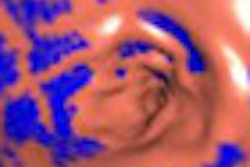While 3D and multiplanar reconstruction of CT images have become indispensable in the routine practice of diagnostic imaging, the technology can also render surface reconstructions that may allow recognition of facial features -- and, consequently, patient identity, said presenter Dr. Joseph Chen of the University of Maryland School of Medicine. This would be a violation of HIPAA patient privacy rights.
As a result, the researchers investigated potential methods to deidentify the 3D reconstructed images while retaining the diagnostic value of the CT images. They subsequently designed an algorithm that accomplishes this goal.
After 3D-reconstructed facial images were clustered into multiple homogenous groups with similar facial features, an aggregate contour was created and an overlay was applied for the image datasets for each group. This approach led to a major decrease in the ability of both humans and facial recognition software to match patient photographs with 3D surface reconstructions, according to the researchers. The image modification did not affect anatomy below the patient's surface.
"If we are able to eliminate the potential of violating patient privacy and HIPAA while preserving the diagnostic quality of the CT images, then we can share deidentified CT images of the head and face in the public domain for other research endeavors and collaborative work," Chen said.



















